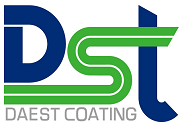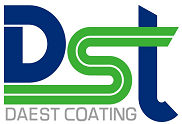Single-Sided Tape, also known as Single-Coated Tape or Single-Faced Tape, is a pressure-sensitive tape consisting of film, foam, foil, cloth or paper face stock with rubber, acrylic or silicone adhesive on one side, and either has a silicone release liner or is self-wound. Depending on the combination of backings, adhesives and formats, single coated tapes have a wide variety of applications from holding and sealing to identifying, masking, protecting, splicing and more. Pressure-sensitive tape, known also in various countries as PSA tape, adhesive tape, self-stick tape, sticky tape, or just tape, is an adhesive tape that will stick with application pressure, without the need for a solvent (such as water) or heat for activation. It can be used in the home, office, industry, and institutions for a wide variety of purposes. The tape consists of a pressure-sensitive adhesive coated onto a backing material such as paper, plastic film, cloth, or metal foil. Some have a removable release liner which protects the adhesive until the liner is removed. Some have layers of adhesives, primers, easy release materials, filaments, printing, etc. made for specific functions. Pressure sensitive adhesive tape can be defined as a continuous flexible strip of cloth, paper, metal, plastic or foam coated on one or both sides with a permanently tacky adhesive at room temperature which will adhere to a variety of surfaces with light pressure (finger pressure) with no phase change (liquid to solid). PSA will adhere to a variety of substrates when applied to most clean and dry surfaces with pressure. Pressure Sensitive adhesives do not require solvent, water, or heat to activate the adhesive. The bond is directly influenced by the amount of pressure which is used to apply the adhesive to the surface.


